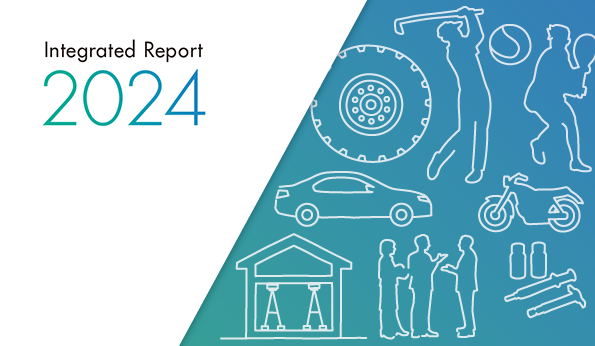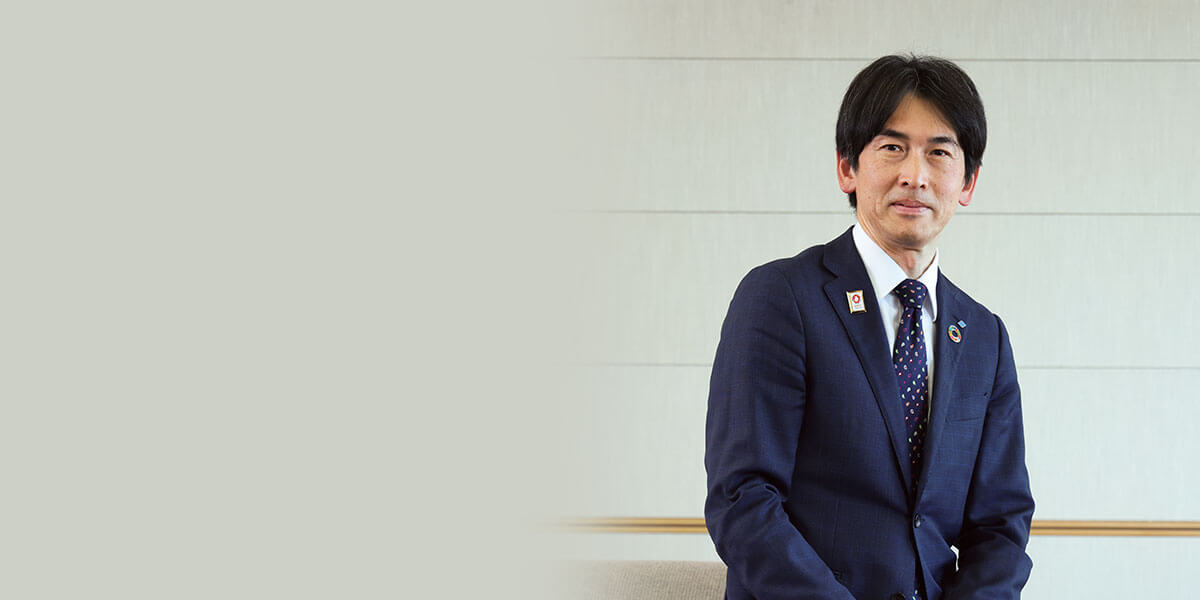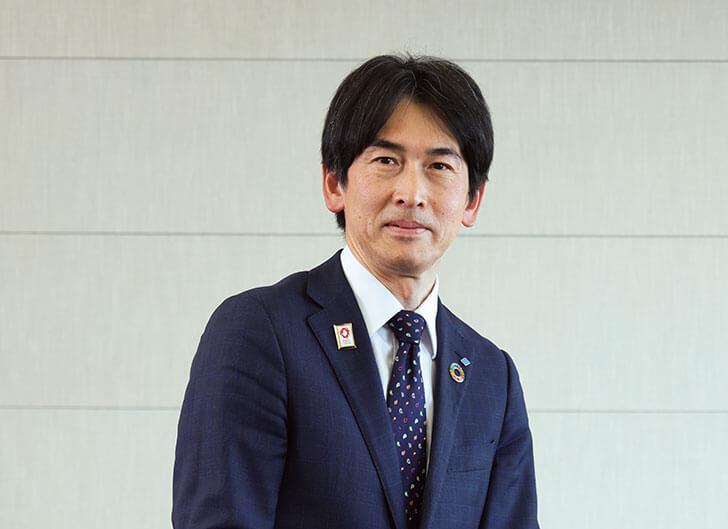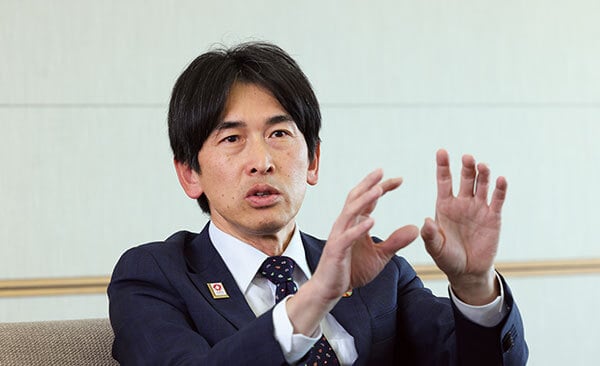Improvement of Our Organizational Culture and Operational Reforms as Two Key Components
Sumitomo Rubber has been aware of issues associated with our organizational culture, including an environment unsupportive of those taking on challenges, outdated leadership styles, boundaries inhibiting communications, and low productivity. Since 2020, we have annually conducted in-house questionnaire-based surveys regarding the status of our organizational culture in order to quantify the health of our organization in more detail.
However, the response rates from our manufacturing divisions had been low. As a manufacturing company, we needed data reflecting the actual situation more accurately in order to implement improvements that included the manufacturing divisions. When we examined why the response rates were low in the manufacturing divisions, one of the reasons was that the time spent answering the questionnaires was considered “a waste of time” that could drive up production costs. This made them hesitant to answer. Therefore, response time was budgeted for each factory in 2023. As a result, the overall survey response rate, including the manufacturing divisions, has increased significantly from previous years to more than 90%.
Analyzing the results has revealed that there are significant differences in scores between workplaces. Therefore, a meeting was held between the plant managers of each base, the officer in charge of production, and the project secretariat of the Human Resources & General Affairs HQ to discuss what the scores of the survey results meant. Our stance regarding improvement measures is that we first encourage them to face and solve workplace issues on their own initiative. Going forward, we hope that each workplace will work autonomously to make improvements.
Furthermore, for issues that should be addressed by the entire Company, regardless of department, “Task Force Ambassadors” were appointed from each workplace in 2020. Since then, they have been acting as project evangelists, motivating and directing our employees to improve our organizational culture. In total, more than 50 ambassadors took on this responsibility. These ambassadors have been renamed “Change Leaders” in 2024 and will serve as leaders in solving issues in their respective organizations in cooperation with the officer or general manager in charge.
We also established the “Business Transformation (BX) Headquarters” to improve operational efficiency, and I became its first General Manager. As business process reforms drive up productivity and as performance improves, employee engagement will also increase. We hope to create such a favorable cycle among the organization, human resources, and operations by addressing both organizational culture improvements and business process reforms.




